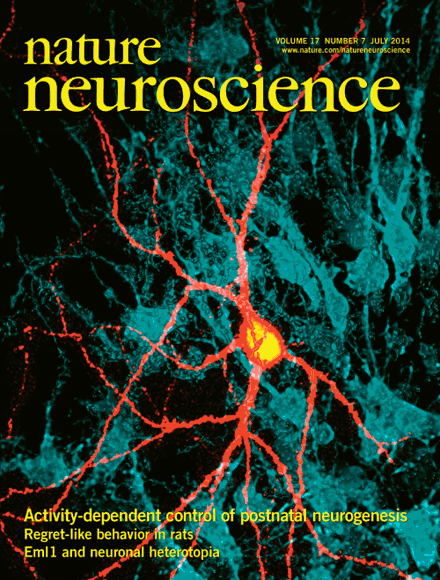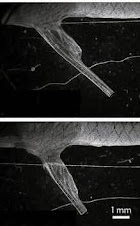Evolution of Flight and Immunity
A juvenile male Pteropus alecto (black flying fox) spreading
its wings (for adults, average wing span: ~1 meter; average weight
range: 500 to 1000 grams).
Bats, the only mammals capable of sustained
flight, are among the world's most diverse mammals and are host to
numerous deadly
viruses. Comparative genome analyses have shed
new light on the evolution of bat-specific traits, including flight and
immunity.
See page 456. Photo: Martin Asser Hansen/www.maasha.dk
Bats are the only mammals capable of sustained flight and are notorious
reservoir hosts for some of the world's most highly
pathogenic viruses, including Nipah, Hendra,
Ebola, and severe acute respiratory syndrome (SARS). To identify genetic
changes
associated with the development of bat-specific
traits, we performed whole-genome sequencing and comparative analyses of
two
distantly related species, fruit bat Pteropus alecto and insectivorous bat Myotis davidii.
We discovered an unexpected concentration of positively selected genes
in the DNA damage checkpoint and nuclear factor κB
pathways that may be related to the origin of
flight, as well as expansion and contraction of important gene families.
Comparison
of bat genomes with other mammalian species has
provided new insights into bat biology and evolution.
Science
25 January 2013:
Vol. 339
no. 6118
pp.
456-460















































































